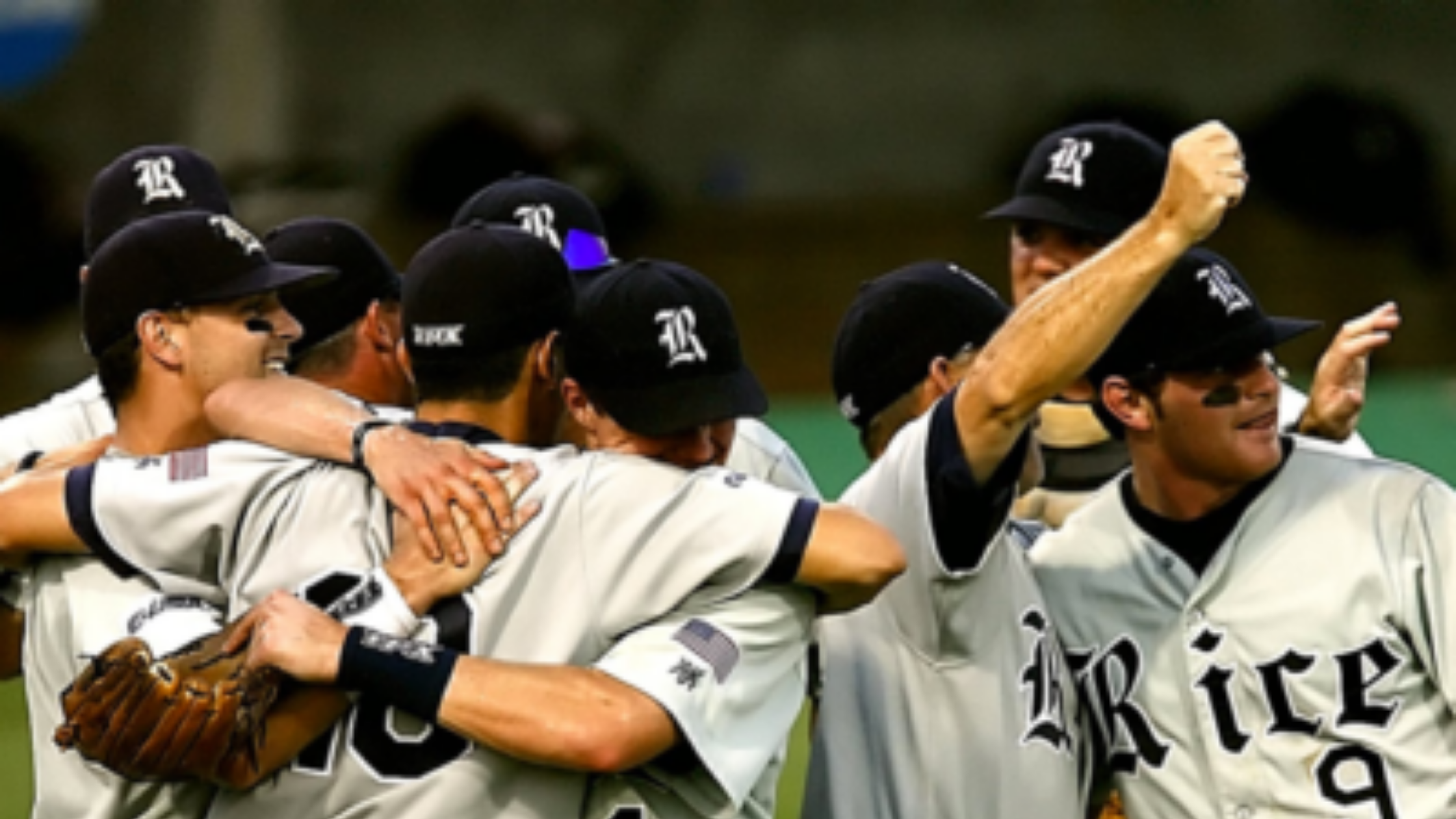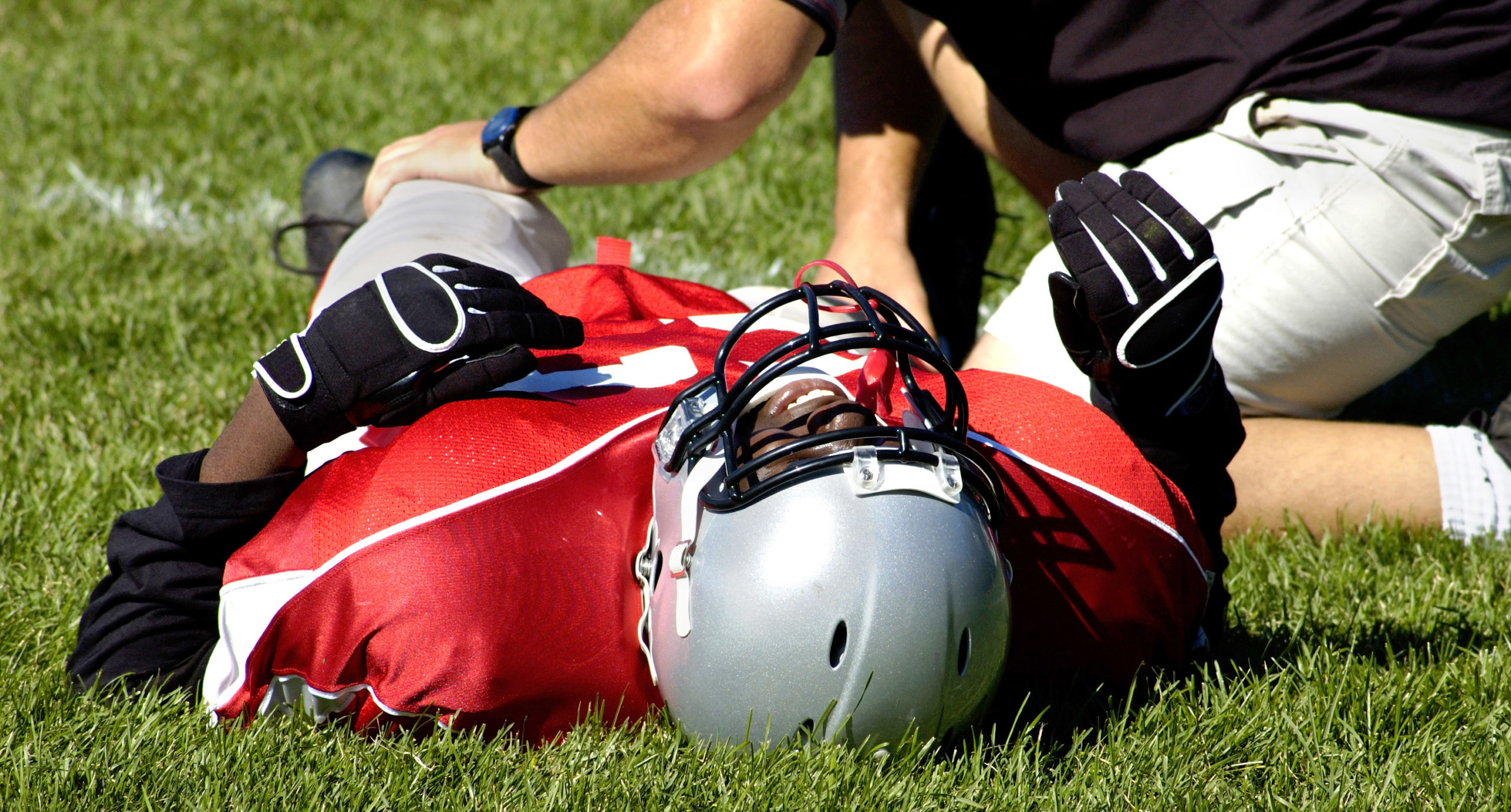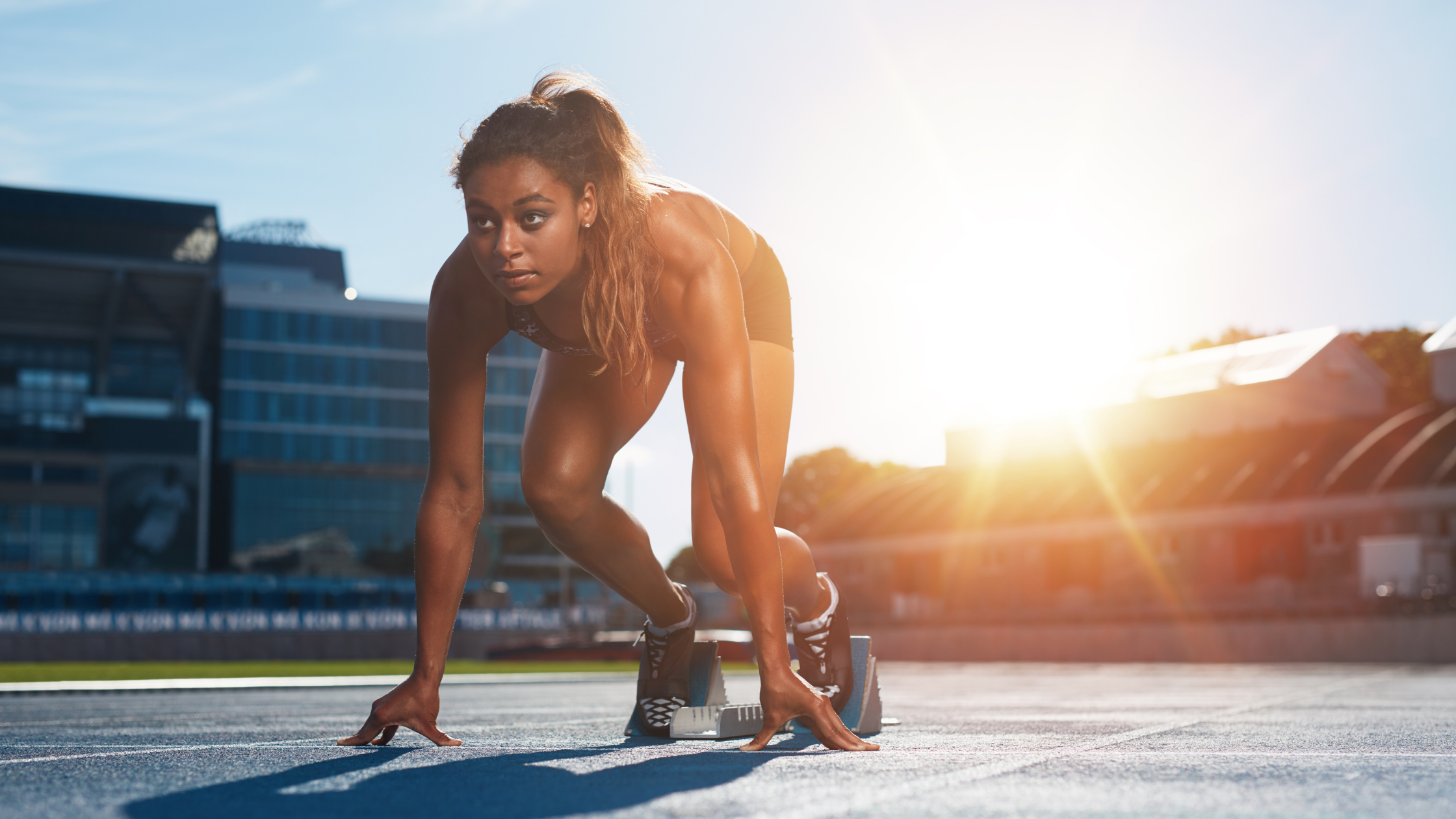
The Role of Physical Education
Physical education (P.E.) is an important component of student development. It should be seen as a small part of athlete development, but not a responsibility for maximizing sports performance. Where physical education ends and athletic development begins is a grey area, but we do know that as an athlete begins competing in sports, the role of P.E. diminishes as the athlete advances. P.E. is aligned with student health as well, so the responsibility of curriculums is to meet the needs of the complete person, not just act as a funnel for sports teams. “P.E. should be seen as a small part of athlete development, but not a responsibility for maximizing sports performance.”CLICK TO TWEET
P.E. exposes most youth age groups to manipulative, non-manipulative, and locomotor skills. The sequential development of P.E. students is founded on strong pedagogical principles, such as progressions and age-appropriate activities. In addition to independent movement and coordination, later developmental programs include collaboration between students, team activities, and the addition of competitive elements to the curriculum. Eventually, a child develops into a young adult, and priorities change from fundamentals with coordination to lifelong wellness. How many responsibilities exist beyond general exposure to coordination is still unknown, but childhood obesity is evidence that more activity beyond sports is needed. Curriculum development is driven by both research and experience, and instructors are expected to update their approaches to child development internally and with broader organizations outside their school district. Organizing exercises is easy when utilizing workout designing and sharing software
Fundamental Coordination Development
The most vital component of physical education is teaching the student to control their body in time and space. Most of early childhood is grasping simple coordination that serves as a foundation for later stages, specifically sports and fitness. Nearly all of the resources with a curriculum should make coordination development a priority, especially in the area of locomotion. Childhood physical development should also focus on manipulating objects and learning basic activities such as catching, throwing, and other forms of movement skills. As students develop the ability to coordinate their body with simple tasks, the demands are increased through interaction with other students and challenges. In physical education, the progression of a student is gradual, starting with very basic movements in near isolation to more sophisticated coordination with games and sports. As competence is attained with the basics, new priorities such as fitness and performance are introduced.
A common uncertainty about physical education’s role in athletic development is the timing of the inclusion of formal training with sport. Eventually, an athlete needs to play the game, and practices that dedicate more time will be an advantage. The tradeoff of immediate development with specialization occurs early, while the long-term benefit of slower and wider development may be seen much later. The ideal pace with specialization and specific training is when an athlete can reach their potential in one or more sports without negatively affecting their long-term growth or health.

Movement Skill Appraisals and Assessment
Physical education, especially with younger students, is highly qualitative when appraising movement skill competency. Most assessments with P.E. are simple criteria-based evaluations, and as the student advances, tests become more quantitative. Coaches can learn from P.E. assessments because they provide excellent models for motor skill development tracking. In addition to progress tracking over time, coaches can use similar methods of appraisal for skills compared to ideal techniques, or stage-related ability compared to normative values. Management platforms are crucial for managing the activity of youth individually or group-wide. Movement skills don’t need a biomechanical breakdown, but with new technologies and smart devices, coaches and P.E. teachers are utilizing video more than ever. In addition to scoring and assisting in appraisal, video is a great reference later for compiling common errors or to use for examples of competency movement skills. Reporting is very important to all involved with the development process, especially the parents of the students. As mentioned earlier, as the student advances, appraisal changes from qualitative to quantitative, including the reporting. Normative scoring is important to create a fair comparison, provided the skills assessed are common and accessible. For example, socioeconomic factors can cause problems with assessment, as not all children have exposure to the same activities. Inclusion of fundamental and basic tasks, skills, and expressions of movement should be general so all students can be fairly appraised with their peer groups.
Connection to Games and Recreation
Much of physical education is about learning, but fun and creativity are also part of the human experience. Coaches should be aware that P.E. is not just about teaching movement skills; it’s also part of preparing students for adulthood beyond sports. General games that are less athletic and more leisurely are important, as general activity is a component of fitness. In addition to simple recreational activities, games that are not highly competitive but keep score are a welcome balance for managing stress. Recreational games and other activities are part of a comprehensive P.E. program, and encouragement of the pursuits of pleasure should be as valued as development for sport. Recreational games support wellness, and are lifelong pursuits because they are not high-risk or high-burnout activities. While recreational games are connected to exercise, they tend to be less formal and more geared to enjoyment than just to the health benefits. Recreational play and recreational activities embrace the joy of movement without the focus on winning. The continuum of recreation may range from highly competitive “weekend warriors” to those who simply participate in fitness-elated endeavors. Recreational games may involve participating in sports or could be activities that have no competitive theme at all. It should be noted that the choice of what constitutes “recreational” is highly individual, as each adult will have preferences based on their lifestyle and personality. “Coaches should be aware that P.E. is not just about teaching movement skills; it’s also part of preparing students for adulthood beyond sports.”CLICK TO TWEET

Fitness and Health Promotion Responsibilities
As a student advances to adulthood, the transition from simple recreation to the responsibility of health and fitness begins. Current PE curriculums are now focused on lifelong wellness, as most student-athletes in high school won’t participate in organized sports later in life. Adult leagues and recreational sports attract former athletes, while most fitness and wellness activities are not competitive in nature. Therefore, a focus on lifelong exercise and nutrition is now the new standard with most scholastic curriculums. As a child matures, the focus on sports formally decreases, so the expectations of youth sports should be adjusted as a student gets to high school age. Even in middle school, children start to participate in wellness programs and recreational activities instead of sporting games, so adjustments should be considered with performance programs.
As the curriculum evolves into fitness to ward off childhood obesity, the worry is that the sporting culture will decline. Currently, no evidence or research indicates that a wellness-focused high school curriculum reduces sport participation or success, so a modern health curriculum is not the culprit in school sport performance failure. Other responsibilities of physical education often include community-type programs such as first aid and CPR, as well as a water safety assessment.
Technology use in the classroom is increasing year after year, including in physical education. The adoption of heart rate monitors and other physiological monitoring devices like wearable trackers and pedometers is growing. How physical education evolves in the next decade will be highly dependent on the information collected today. Research on childhood success in the classroom now includes many of the P.E. activities from over a decade ago, and some outcomes look promising. Improvements in emotional and behavior function due to exercise and movement are supported in the research, and many programs are cost-effective since they use existing PE programs to fulfill needs within school districts.
Teaching Physical Literacy and Competence
The primary goal of physical education is to teach essential skills to students and support their health. While athletes may benefit from early coordination and motor skill development, eventually physical education ceases to affect performance as an athlete ages. During later development years, athletes need to be instructed and cultivated with sport-specific training. Those in physical education can benefit from sports performance models, as many of the pedagogical teachings are very parallel to each other. Just as sports performance coaches benefit from actionable and enlightening data, so does the modern physical education teacher. The use of assessments and student evaluations is growing, and the right combination of teaching methodology and testing will be the future of physical education.
Try CoachMePlus Free Today
CoachMePlus is a comprehensive solution for any training environment, ranging from scholastic level to pros, and including both military and private facilities.

Recent Comments